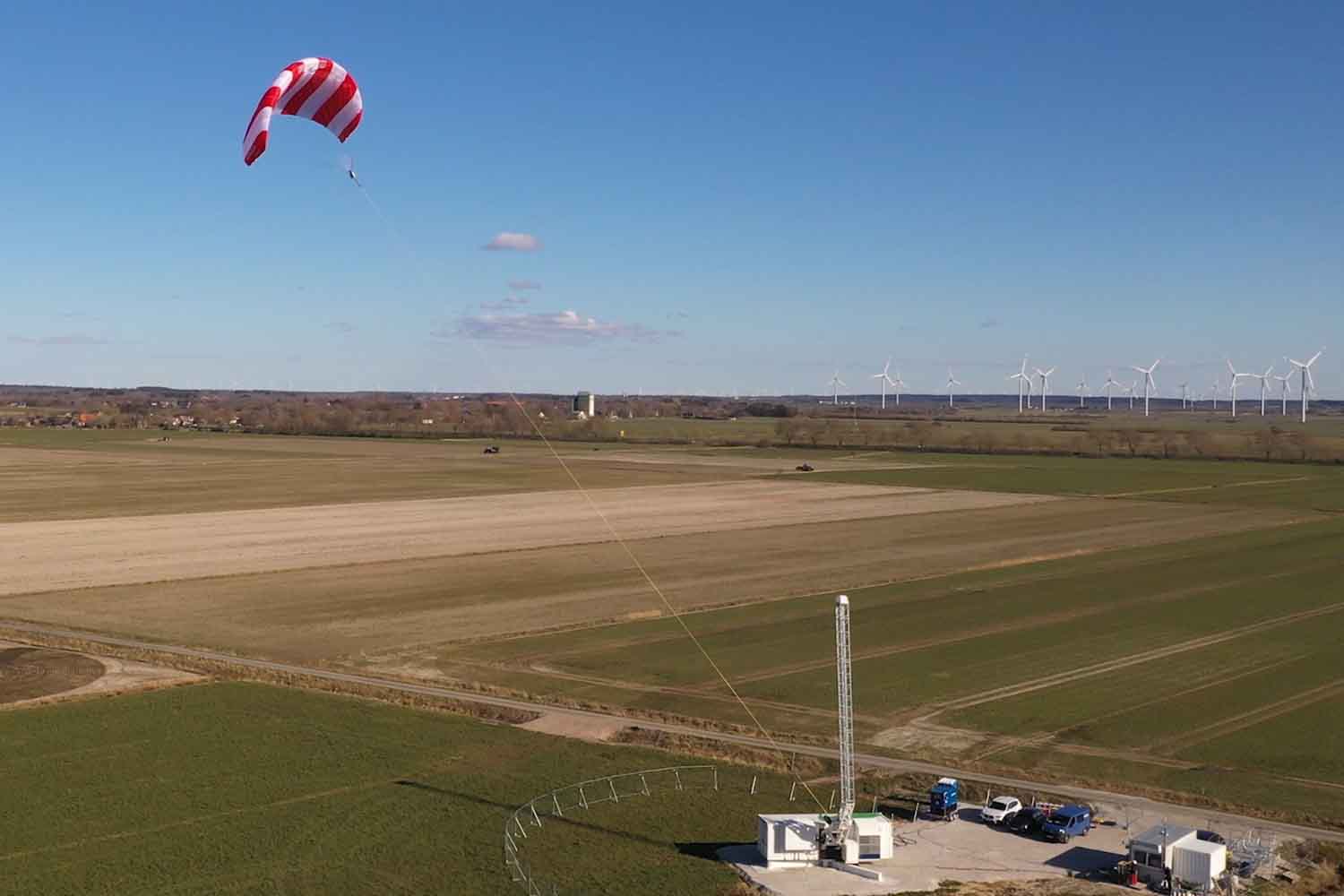An innovative wind system could change renewable energy production forever, solving the structural and ecological limitations of traditional turbines

X – @SkySailsGroup
Traditional wind turbines have long been faulted for their environmental impact and disruption of local ecosystems. But now a German startup has potentially discovered a game-changer: a flying wind system that hovers at 2,460 feet. This futuristic technology has the potential to transform the future of renewable energy.
Most of the world’s wind power today is generated by large wind farms that cover hundreds of acres of land. To generate the same amount of electricity, a wind farm typically requires 10 times more land than a gas or coal plant, making it a highly space-intensive solution.
This extensive land use brings serious environmental consequences, especially for local wildlife. Turbines are often protested by residents due to their impact on birds and natural landscapes, leading to deforestation and major alterations to local ecosystems.
How the SkySails Power Energy Kite Works
SkySails Power, a German startup, has tested an innovative airborne wind system off the coast of Mauritius. In December 2021, they flew an automated energy kite up to 1,310 feet, cycling between ascent and descent to generate electricity.
The kite generates power by unspooling a tether during ascent, converting kinetic energy into clean electricity. This makes it a standout among airborne energy solutions — compact, efficient, and with growing international recognition.
Despite being a prototype, the system has already powered 50 homes in Mauritius, marking a significant early milestone.
Key benefits of wind power at 2,460 feet
Unlike conventional turbines, the SkySails system doesn’t require vast areas of land or high terrain. This makes it suitable for deployment even in urban areas or flatlands where traditional turbines are ineffective.
The ability to fly over oceans, where wind is more consistent and powerful, opens up entirely new frontiers for renewable energy. This reduces the need for expensive energy transport infrastructure.
By producing energy directly where it’s needed, this technology could make wind energy more affordable and widespread than ever.
Regulatory and technical challenges
However, the innovation also raises legal and regulatory questions. Because the kites are tethered but airborne, they fall into both aviation and land-use law — areas where clear regulations are currently lacking.
If deployed above 2,460 feet, they could interfere with air traffic. Concerns also remain about visual impact and bird safety, though supporters believe proper regulation can address these issues.
SkySails Power has already pinpointed over 4,000 potential sites in Germany unsuitable for traditional turbines but ideal for this technology.
As regulations catch up, flying wind systems like this could become a cornerstone of clean energy infrastructure — flexible, scalable, and environmentally conscious.
Source: SkySails
